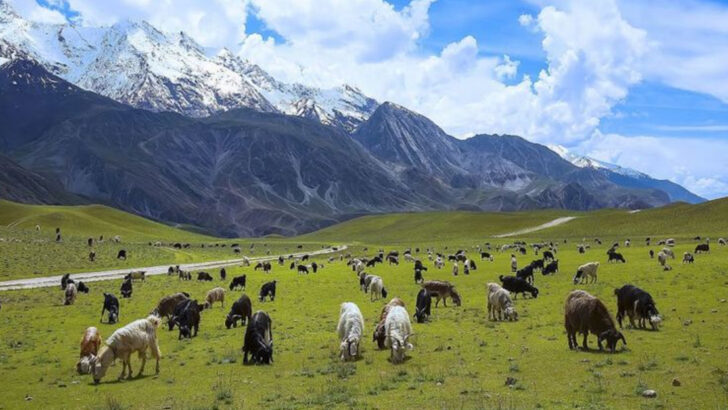Forget the cute image—snow leopards are stone-cold survivalists. They live where few animals dare to roam: thin air, freezing winds, and cliffs that drop into nothing. Up here, every meal is a mission. These elusive cats don’t have the luxury of choice. They hunt what they can find—often animals twice their size—and sometimes go days without a bite. But make no mistake: when they strike, it’s with precision. Power. Patience. Let’s climb into the clouds and find out what’s actually on the menu for one of the world’s most mysterious predators.
Blue Sheep (Bharal)
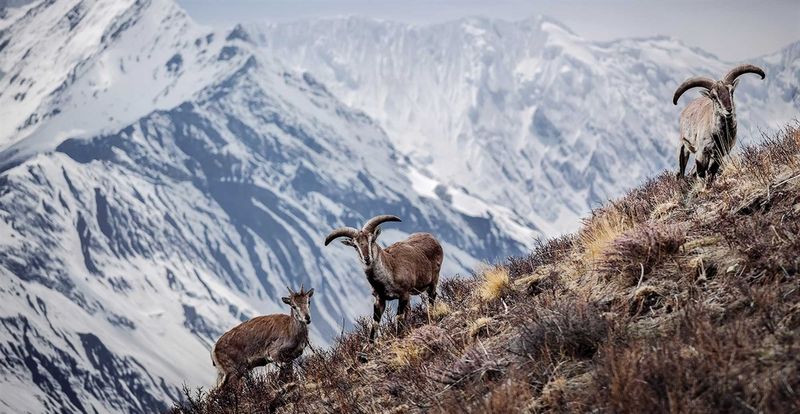
With an agile leap across rocky cliffs, the blue sheep, or Bharal, captivates not just onlookers but also snow leopards. As the primary prey, these sheep are vital for the predator’s sustenance. Their abundance in the harsh terrain ensures that snow leopards have a reliable food source.
Bharal are adept climbers, navigating steep slopes with ease. This agility adds an element of challenge for the hunting snow leopard. Despite the difficult chase, these sheep provide essential nutrients, maintaining the predator’s energy in the frigid environment.
Ibex
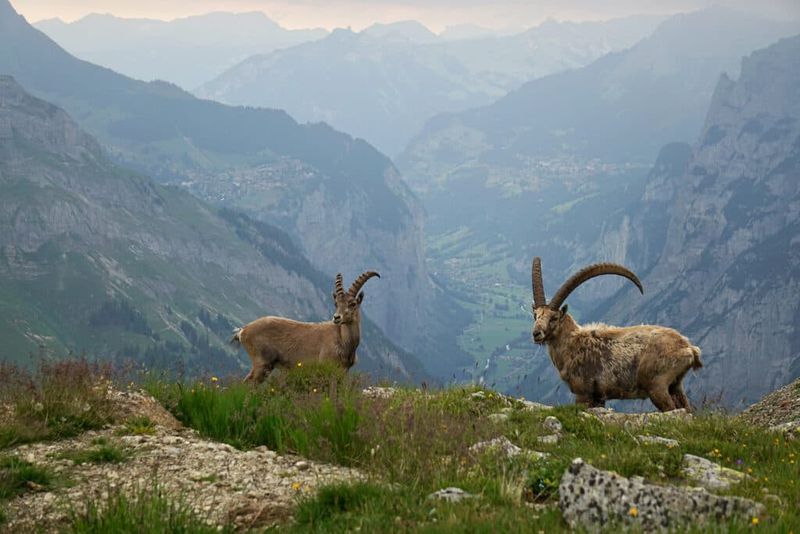
The ibex, with its imposing horns and robust physique, is more than just a sight to behold; it’s a crucial part of the snow leopard’s diet. This wild goat’s presence in the rugged terrain offers a challenging yet rewarding hunt.
Their ability to thrive in high altitudes mirrors the snow leopard’s adaptability. Hunting ibex requires stealth and patience, traits that snow leopards have honed over millennia. Capturing an ibex not only fills the leopard’s belly but also demonstrates the predator’s prowess in nature’s grand stage.
Himalayan Tahr
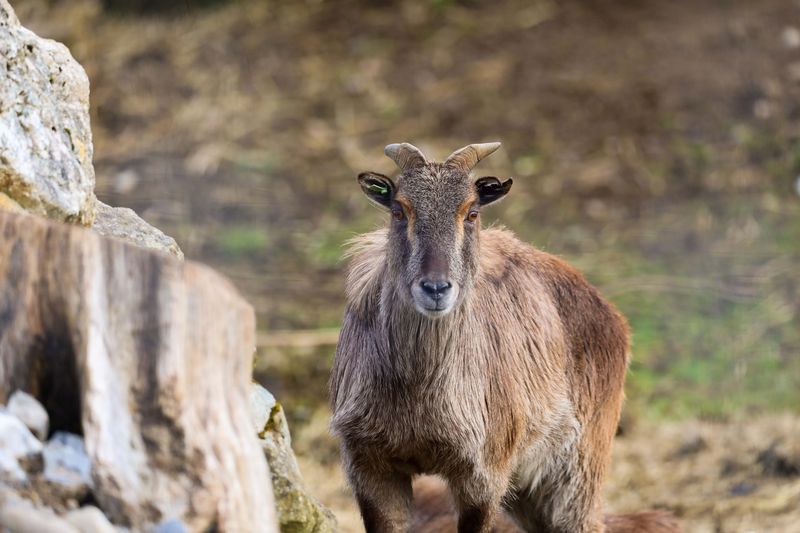
With a majestic mane cascading down its shoulders, the Himalayan tahr stands as both a symbol of grace and a target for the snow leopard. These herbivores graze on alpine pastures, providing a nutritious meal for the predator.
Tahrs are social creatures, often seen in herds, making them more visible to predators. The snow leopard’s ability to blend into the rocky landscape gives it an edge in hunting these elusive animals, ensuring a meal that is rich in both proteins and fats needed for survival.
Hares and Rodents
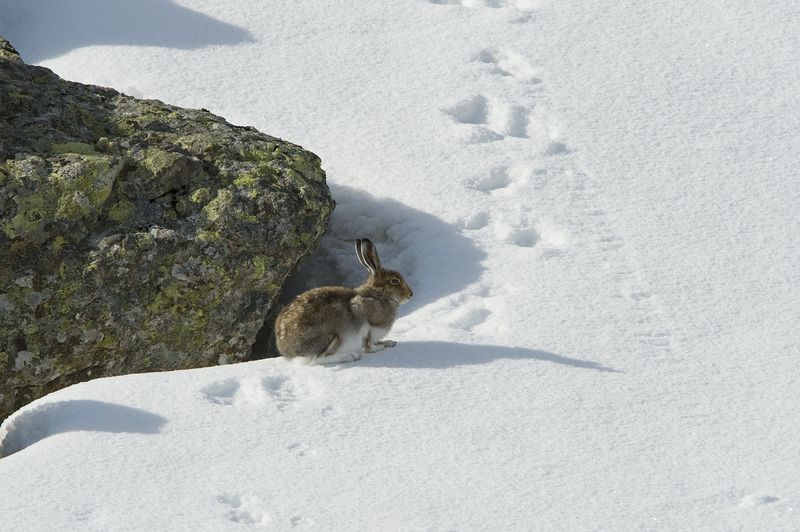
Not every meal for the snow leopard needs to be grand. Hares and rodents, though small, play a significant role in the diet. These quick-moving creatures require the leopard’s speed and agility for capture, offering a snack between larger hunts.
Their abundance in the snow leopard’s habitat ensures continued sustenance. Often found in burrows, these animals provide an easy catch when larger prey is scarce. The hunt for these small mammals showcases the leopard’s versatility as an adaptable and opportunistic hunter.
Marmots
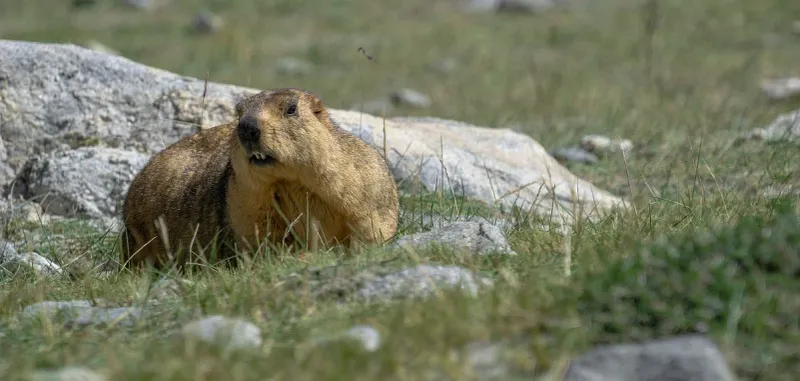
Marmots, with their curious nature, often find themselves under the watchful eyes of snow leopards. These burrowing animals are a staple in the high-altitude diet, providing the needed fats for the predator.
Their communal behavior makes them easier targets, yet their vigilance often warns them of impending danger. A successful marmot hunt is a testament to the snow leopard’s stealth and strategic planning. For the leopard, marmots are not just food but a crucial part of maintaining energy reserves in the cold mountains.
Birds
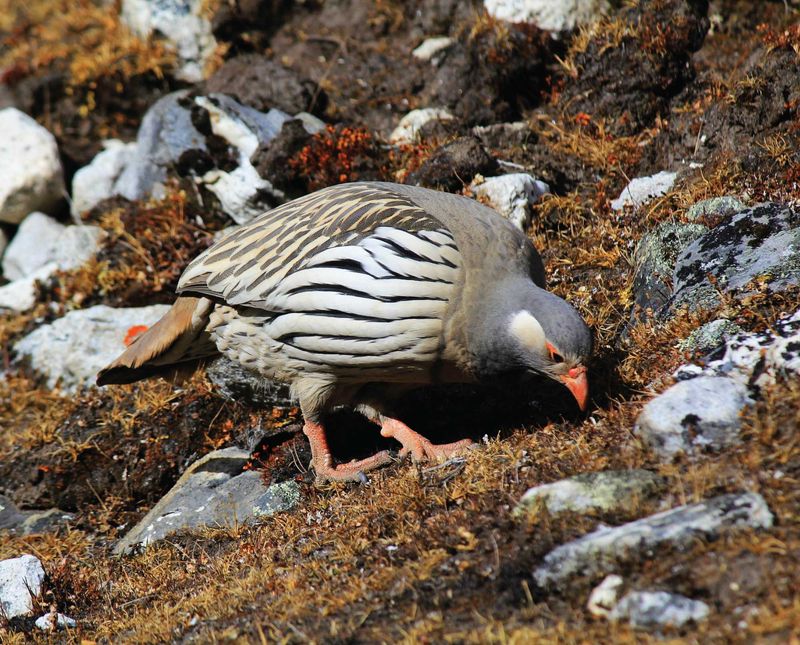
While often overlooked, birds such as the Himalayan snowcock are part of the varied diet of the snow leopard. Their presence in nests or during flights presents both an opportunity and a challenge for the predator.
Catching these avian delights requires keen eyesight and swift movement, adding variety to the leopard’s hunting repertoire. These birds contribute to the dietary balance, providing proteins that are essential for survival. The occasional bird hunt underscores the snow leopard’s adaptability in an ever-changing environment.
Domestic Livestock
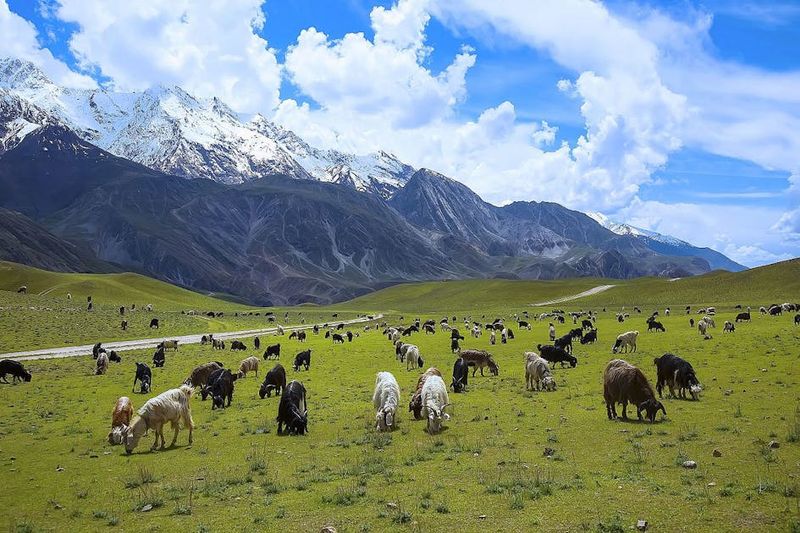
In regions where human and wildlife territories overlap, domestic livestock occasionally become part of the snow leopard’s menu. Sheep and goats, often seen grazing near mountain villages, can fall prey to these stealthy hunters.
This interaction is a stark reminder of the delicate balance between human livelihoods and wildlife survival. While not the primary choice, livestock provides a necessary fallback in times of scarcity, highlighting the snow leopard’s opportunistic nature. This complex relationship underscores the need for conservation efforts that benefit both communities and wildlife.

